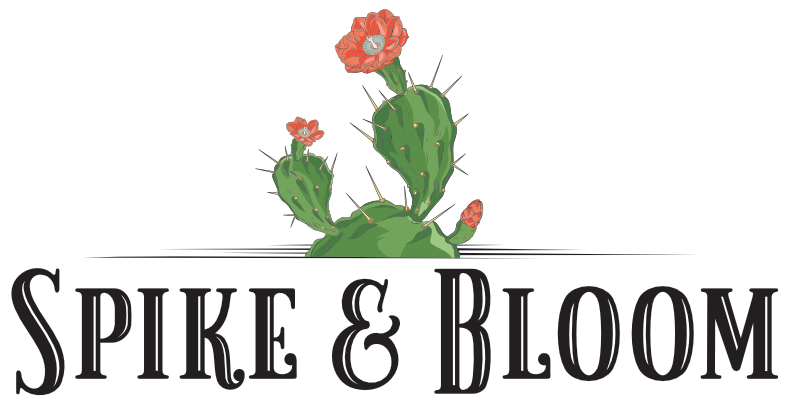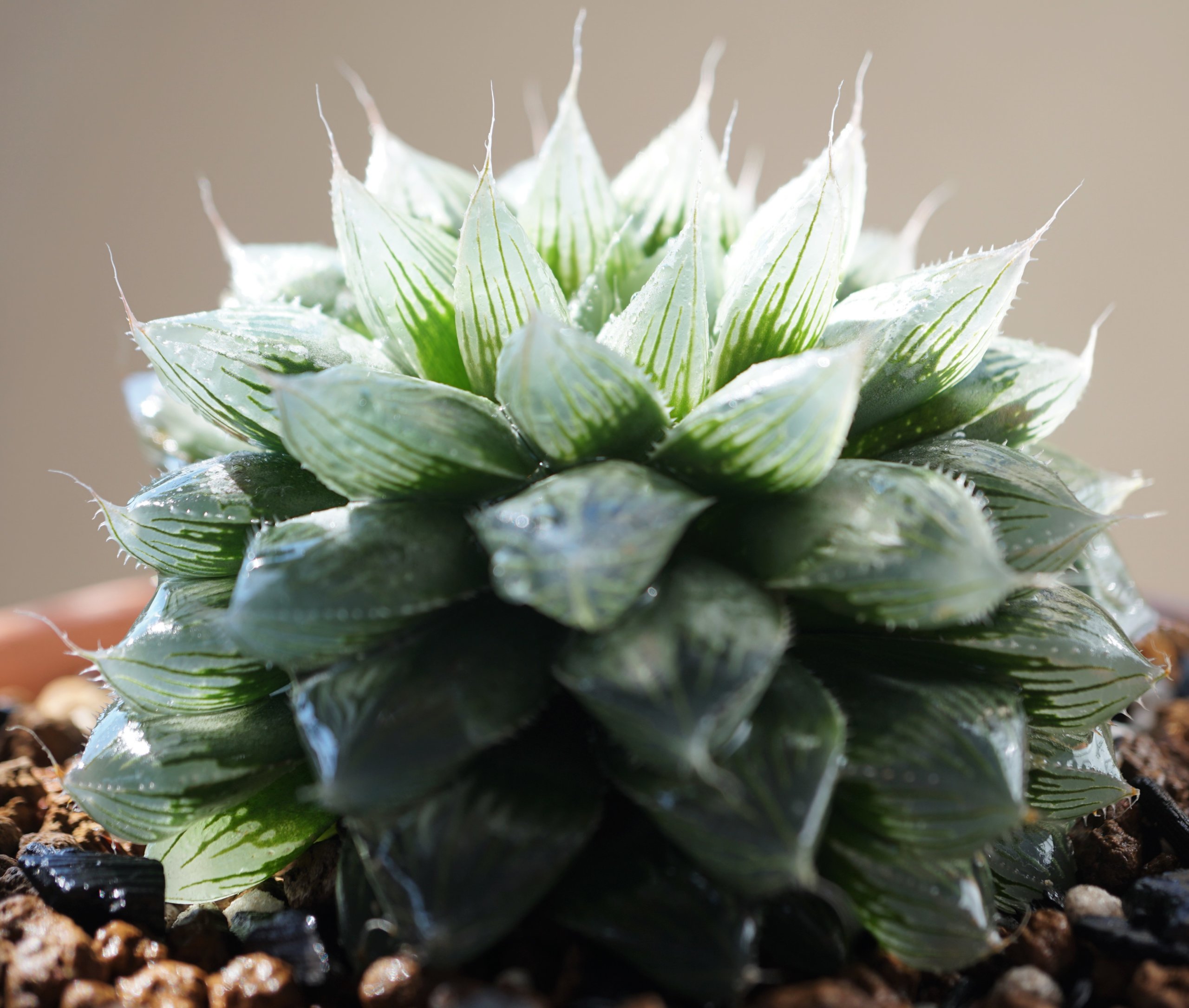Rare Haworthia Varieties
Rare haworthia varieties are prized by collectors for their unusual shapes, colors, and leaf patterns. You can find haworthias with strikingly flat rosettes, see-through window leaves, or even rare textured surfaces that set them apart from common houseplants. Many of these rare types are difficult to find in stores and are often available only from specialty nurseries or through international sellers.
If you’re searching for unique succulents that stand out from the crowd, exploring the world of rare haworthia is a rewarding choice. These plants are not only visually interesting but often easy to care for, making them accessible even if you are new to growing succulents.
Key Takeaways
- Rare haworthias feature unique shapes and standout patterns.
- Some rare types can only be found through specialty sellers.
- You can identify rare haworthias by their unusual leaf structures and colors.
Overview of Rare Haworthia Varieties
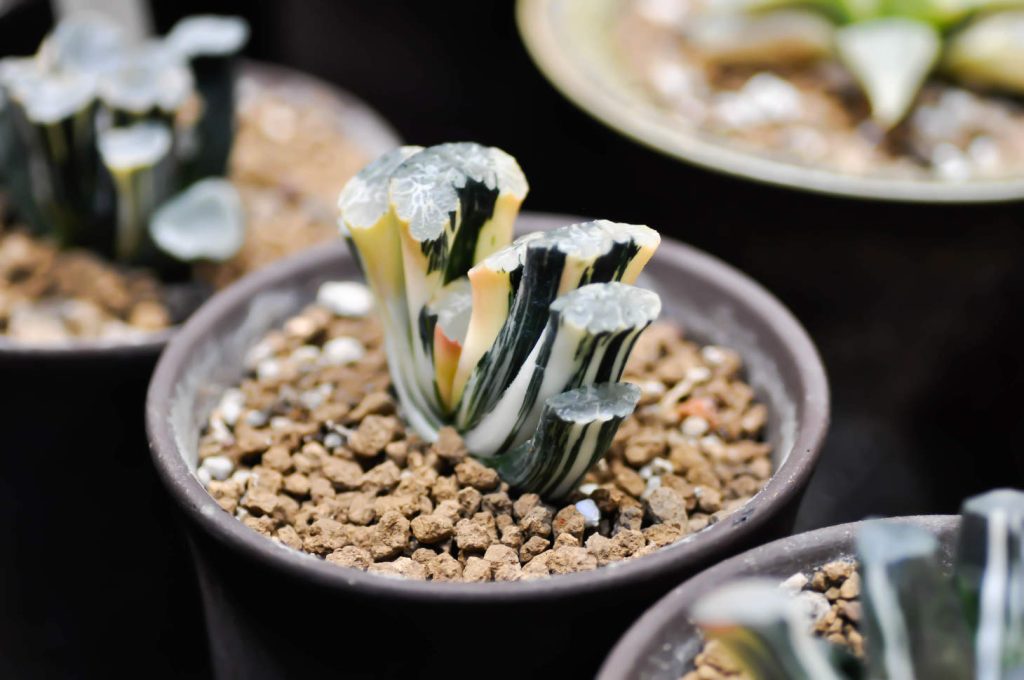
Rare Haworthia varieties stand out for their unique shapes, colors, and growth patterns within the Asphodelaceae family. Many of these plants originate in isolated habitats, making them hard to find outside their natural range and prized by collectors.
Defining Rarity Among Haworthia Species
Rarity among Haworthia species comes from several factors. Some are rare because they only grow in tiny regions of South Africa and have not spread widely. Others are rare due to slow growth or limited production, which makes them less available in cultivation.
Often, rare types are distinct hybrids or unusual forms of more common Haworthia plants. Varieties like Haworthia truncata var. maughanii and Haworthia cooperi var. pilifera are examples that are especially hard to find. These forms usually appear in smaller numbers, and their combination of traits, such as transparent “leaf windows”, adds to their scarcity.
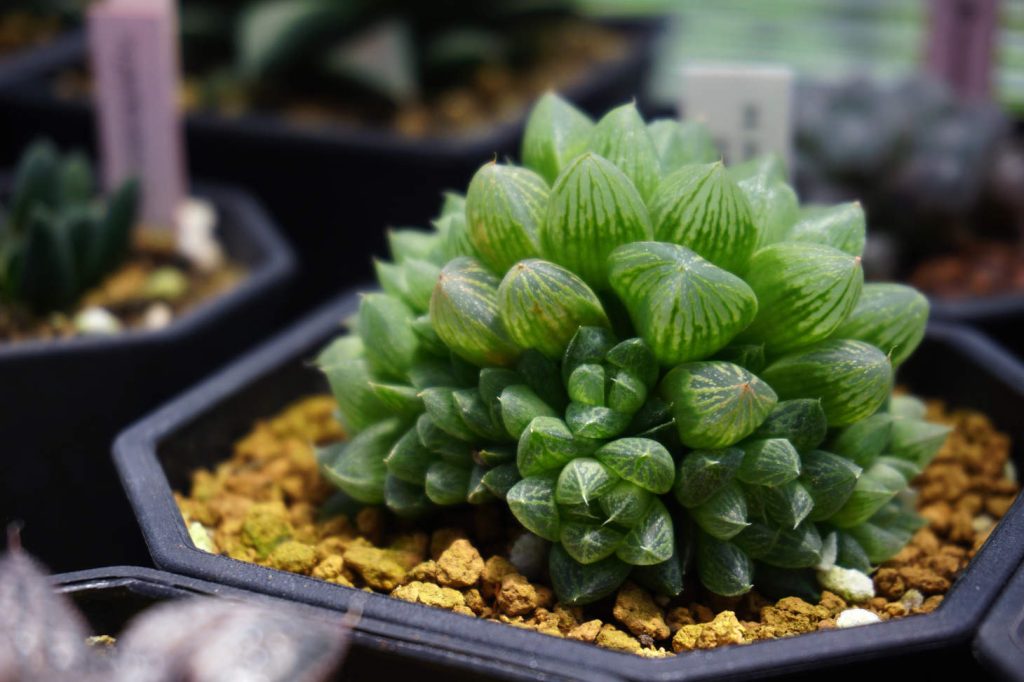
Collectors generally look for plants with special leaf shapes, textures, or color patterns. Genetics plays a key role, as some of these rare traits do not occur often even in the wild.
Notable Features of Rare Types
Rare Haworthia types often display striking adaptations. Some rarities include leaves that are almost see-through, such as the “windowed” varieties where sunlight enters through translucent leaf tissue. Others have unusual compact rosettes, crinkled edges, or even unique color bands.
Key features found in rare types:
- Pronounced Leaf Windows: Found in some H. obtusa and H. cymbiformis types.
- Uncommon Textures: Pebbled or bumpy leaf surfaces set certain species apart.
- Distinct Growth Forms: Flat or fan-shaped rosettes, as seen in H. truncata.
- Unusual Colors: Some have bluish, reddish, or almost white tones, rare for Haworthia plants.
These features make identification easier for those familiar with more common Haworthia. Because of the slow growth and unusual traits, these plants are often grown by enthusiasts rather than beginners.
Native Habitats and Distribution
Most rare Haworthia species come from small parts of South Africa. Their natural habitats include rocky hills, semi-arid grasslands, and shaded crevices where the soil drains quickly. This limited range makes them harder to find in the wild and on the market.
In these native spots, the plants can avoid extreme heat and harsh sunlight because they sometimes grow under shrubs or bushes. The combination of specific soil types, rainfall patterns, and shade creates the exact conditions these rare species need to survive.
When you see rare Haworthia in collections outside South Africa, it is likely from seeds or divisions shared among collectors. Over-harvesting in nature is a problem in some areas, so many growers use propagation to help protect wild populations.
Exceptional Rare Haworthia Species and Cultivars
Within the world of Haworthia, several groups and species stand out for their unique looks, growth habits, or scarcity in collections. Rarity often comes from limited natural habitats, slow growth, or special features not seen in more common types.
Haworthia cooperi Group
Haworthia cooperi is known for its small, bulbous rosettes and translucent leaf tips. The leaves let in light, which helps with photosynthesis even in deep shade. This “window” effect gives plants like H. cooperi var. truncata an almost glassy look.
Some rare forms, such as Haworthia cooperi var. pilifera, show longer, more pointed leaves. Others, like H. cooperi var. venusta, have soft, fuzzy hairs. Collectors often seek out the bluest or most transparent clones.
You may also find hybrids with Haworthia bolusii or Haworthia arachnoidea. These can have spider-like textures or extra-fine leaf endings. Most cooperi group plants stay compact and do well in small pots.
Haworthia cymbiformis Varieties
Haworthia cymbiformis varieties stand out for their boat-shaped leaves that are usually softer and plumper than many other haworthias. Leaf tips often have pale, clear “windows” similar to cooperi, but the rosette is usually more open.
Some rare cultivars have variegated or pink-suffused leaves, which are highly prized. H. cymbiformis var. obtusa is especially sought after for its rounded, almost chubby leaves with glossy windows.
Sometimes, growers create hybrids between cymbiformis, cuspidata, and cooperi to produce unusual leaf shapes. Most forms are easy to care for but may command higher prices if they display unique colors or unusual transparency.
Haworthia margaritifera and Pearl Plant
Haworthia margaritifera, also called the “pearl plant,” is recognized for its dark green leaves covered with raised white spots. These spots can feel almost like beads. Plants are often mistaken for the similar “zebra plant” (Haworthia attenuata or Haworthiopsis fasciata), but margaritifera usually has larger, more widely spaced tubercles.
Rarely, you may find forms with extra-heavy spotting or with a tighter, more symmetrical rosette. The Pearl Plant is slow-growing and has a sturdy appearance.
It was once grouped with haworthia pumila, another spotted species, but today they are usually kept separate. Both types appeal to collectors for their textured surfaces and bold look.
Haworthia truncata Forms
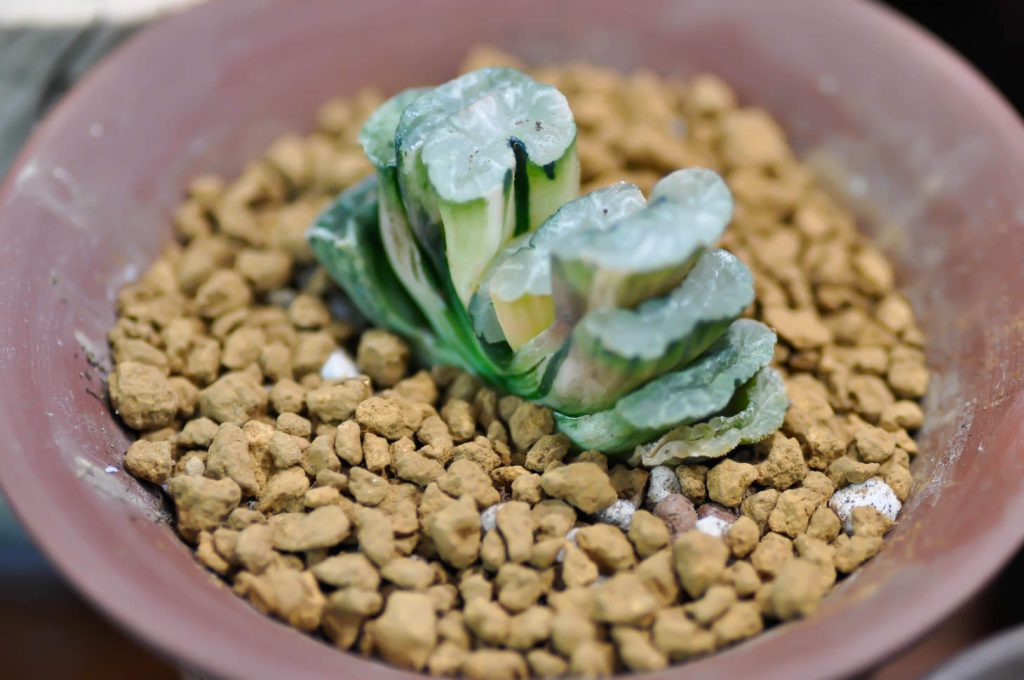
Haworthia truncata is one of the most unusual haworthias you can grow. Instead of a round rosette, its leaves grow in a flat, row-like pattern, with the square-tipped ends facing up. Each leaf has a “window” on top, allowing light to reach the inner tissues.
Some rare clones show crystal-clear windows, while others have wavy or ridged patterns along the leaf tips. There are even variegated forms, but these are very hard to find and expensive.
H. truncata sometimes crosses with H. maughanii or limifolia, creating hybrids with even stranger shapes. Because each plant is slow-growing and often grown from seed, every specimen looks a bit different.
If you are looking for true standouts in your succulent collection, truncata and its hybrids deliver a dramatic appearance unlike any typical rosette.
Unique Traits and Identification of Rare Haworthias
Rare Haworthia varieties are known for their unusual leaf characteristics, intricate markings, and distinct ways they grow and multiply. Recognizing these features makes it easier to identify special types and appreciate their differences from common succulents.
Fleshy Leaves and Windows
Many rare Haworthia plants, including Haworthia obtusa and Haworthia retusa, have thick, fleshy leaves that store water. These leaves help them tolerate dry conditions indoors or outdoors.
A unique feature in several varieties is the presence of translucent leaf windows. These clear areas allow sunlight to reach inside the leaf, supporting photosynthesis. Species like Haworthia cymbiformis often show this trait, and their “windowed” tops can help you tell them apart from other succulents.
Here’s a quick list of Haworthias known for windowed leaves:
- Haworthia cymbiformis
- Haworthia cooperi
- Haworthia retusa
When you see plump leaves with clear panels or tips, you’re likely looking at a rare or collectible haworthia.
Textured Patterns and Markings
Another way to identify rare haworthias is by studying their leaf markings and patterns. Many have bold lines, bumpy textures, or unusual color changes along the surface.
For example, Haworthia attenuata is famous for its white, raised dots stretching across its deep green leaves. This bumpy texture sets it apart from smooth-leaved varieties. Some types, such as those from the genus Haworthiopsis, also show strong striping or variegation.
A table below shows some common patterns you might see:

| Variety | Markings Type |
|---|---|
| Haworthia attenuata | Raised white dots |
| Haworthia truncata | Blocky translucent |
| Haworthiopsis fasciata | White horizontal bars |
By checking for these markings, you’ll find it easier to spot rare or special haworthia types.
Growth Habits and Offsets
Rare haworthia varieties don’t always grow the same way. Many form flat or stacked rosettes, sometimes growing no larger than a few inches across. The rosette shape is a clue for identifying species like Haworthia retusa.
Offsets, or small plantlets that grow at the base, are another trait to look for. Species such as Haworthia cymbiformis and Haworthia attenuata are known to produce multiple offsets, making them easy to propagate. In contrast, some rare kinds only slowly develop new plants, so single specimens stay alone for years.
The way your plant clusters, spreads, or stays solitary will help you narrow down its variety, especially when comparing between the types of haworthia commonly seen in collections.
